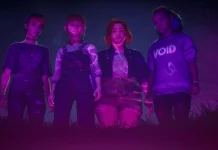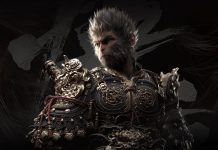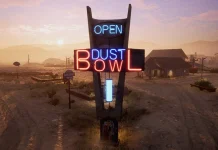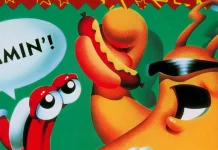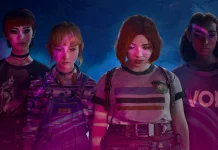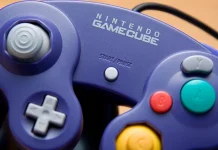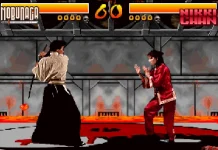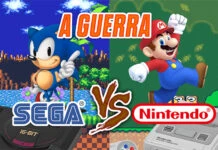Today is Sonic the Hedgehog's anniversary. Exactly twenty years ago, Sega introduced the world to the character carefully created with an audacious, if not utopian, goal: to be the icon of the company's most important console and rivalize Mario, Nintendo's onipotent mascot.
The idea of a super-fast blue hedgehog might sound strange, but the character quickly became a global success, so much that it remains strong and steady to this day, even though Sega is off the business of making platforms to house it.
Developed by the Sonic Team, which included Naoto Ohshima, a designer who had already worked on other classics from the company such as Phantasy Star and who designed the main characters; Yuji Naka as programmer and Hirokazu Yasuhara, who designed scenarios, as well as Masato Nakamura, a musician known for the J-pop band Dreams Come True, the classic arrived in gamers' homes on June 23, 1991.
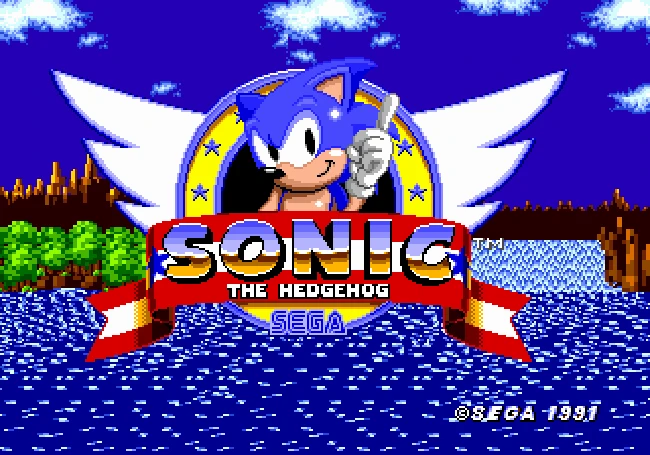
It was the beginning of a long career, that would span across all Sega consoles, and years later, way beyond.
Born to run
1991. The Mega Drive was at the beginning of its journey, and Sega needed a mascot, just as Nintendo had managed to establish a certain chubby, mustachioed man who headbutted like crazy with the Mario Bros franchise.
Alex Kidd was a candidate, but they wanted another profile. A less childish, that would do justice to the image that had been commercially associated with the console: instead of a little prince with big ears saving kingdoms and princesses, a young, fast, dynamic hero.
And above all, one who showed the processing power of the Mega Drive compared to the "slowness" of the Super Nintendo – although newer, it had a slow processor (maximum of 3.58 MHz, compared to 7.68 MHz for the Mega Drive).

In the first half of 1990, the team appointed by Sega began the task. After discussions about the character, they came up with something about fast animals: a rabbit, an armadillo, an anteater and a hedgehog; the latter, with its "aggressive" look, had a more youthful identity, which is why it was chosen.
When released, the game impressed. The attention to detail in the graphics and sounds was incredible. It was making extreme use of the Mega Drive's color palette, with many animated objects, creative characters, depth effects such as parallax scrolling (which uses layers with movement at different speeds to create the illusion of depth) and a lot of speed, unlike anything seen before. Sonic ran, jumped and beat enemies without losing frames or slowing down. He was a jovial hero, exactly like the generation that sought something more than a toy in games.
Released in the United States and Europe on June 23, and officially three days later in Japan, Sonic became a classic, with excellent sales and favorable reviews. Many specialized magazines gave it top marks in their reviews and it led the Mega Drive to dominate the 16-bit market, leaving Nintendo behind for the first time since the NES was released. The competition would shift in favor of the "Big N" only after the release of Street Fighter II for the SNES.
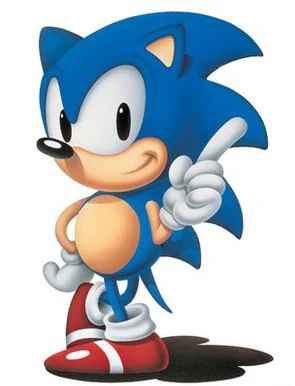
Apex on 8 and 16-bit
The first packages of the Mega Drive included a game, Altered Beast – arcade conversion with classic transformation scenes, which were even printed on the box of the console.
But with the growing interest of the public in the new character, Sega of America quickly removed the other, shoving Sonic in the console's bundle.
Sales of the Genesis soared. The mascot's popularity also grew, illustrating comic books, toys, going to arcades and gaining several versions on other devices, in genres such as fighting (Sonic The Fighters), racing (Sonic Drift and Sonic R), and even pinball (Sonic Spinball).
Promoting the Mega Drive and making appearances on the Master System (where he had songs remade by legendary Yuzo Koshiro), Sonic was a star, with Sonic 2 bundled with the second version of Brazilian Mega Drive; for this reason, many people played Sonic 2 to exhaustion.
Sonic 2 was the most successful of the series, with around 6 million units sold, and in it Tails made his debut as a supporting character. New features such as the spin dash and two-player mode were important, in addition to the graphic and sound improvements, with striking songs such as the themes of the Chemical Plant and Sky Chase zones. Pinball elements from Casino Night gave more richness to the game, which as a whole did not change much the atmosphere of the first one, only expanding its quality - a lot.
In the 32-bit era, the success was not so great, with average games such as Sonic 3D Blast — after the cancellation of Sonic X-Treme, which gave way to Nights.
Michael Jackson and Sonic 3
The popstar reportedly participated in the composition of the Sonic 3 soundtrack, but under a pseudonym – he was reportedly not satisfied with the limited sound possibilities of the Mega Drive. Fans have made a compilation with "evidence" of Jackson's hand in the Sonic 3 songs.
It's up to you to evaluate... I think they are similar, at least.
Visual changes

In 1998, Sonic Adventures gave the hedgehog a new lease of life. A new look, redesigned by Yuji Uekawa, with green eyes and a longer appearance, instead of the previous round shape.
This way, he appeared in an eye-catching game on former rival platforms such as Sony and Nintendo. With Sega out of the console business, the previously unimaginable presence of the mascot on Nintendo devices became reality.
Since then, more than a dozen games have been released that continue to take Sonic's story forward, in his eternal race to collect rings, defend his friends in the forest or any other adventure.
On the occasion of the twentieth anniversary, Sega has offered more details about Sonic Generations, especially dedicated to the date. Mixing elements from both Sonic eras (classic and modern), the game for Xbox 360, 3DS and PlayStation 3 shows original scenarios such as Green Hill Zone and Casino Night in high definition, offering retrogamers and nostalgic fans the opportunity to see what in the 90s only lived in our imagination.

